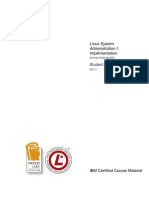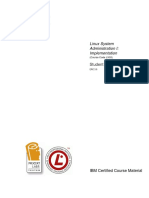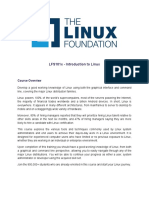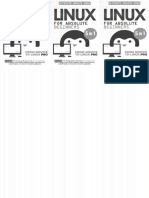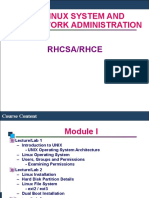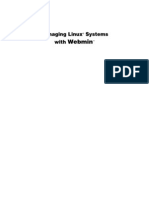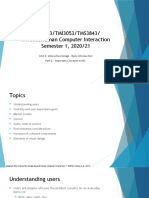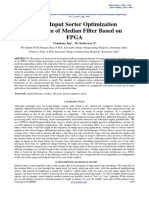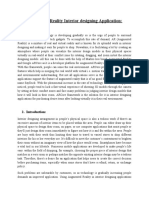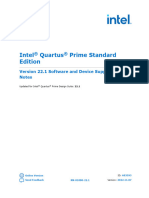0% found this document useful (0 votes)
23 views9 pagesLinux Adm 1
This document provides an overview and agenda for a 5-day Linux system administration training course. The course objectives are to teach students how to install, configure, manage, secure and troubleshoot a Linux system. Specific topics to be covered include installation, startup/shutdown, tools, packaging, X windows, kernel compilation, devices, filesystems, backups, users, security, printers and troubleshooting. The agenda outlines the daily topics and exercises. Class logistics like schedule, facilities and introductions are also discussed.
Uploaded by
Mark ZuñaCopyright
© © All Rights Reserved
We take content rights seriously. If you suspect this is your content, claim it here.
Available Formats
Download as PDF, TXT or read online on Scribd
0% found this document useful (0 votes)
23 views9 pagesLinux Adm 1
This document provides an overview and agenda for a 5-day Linux system administration training course. The course objectives are to teach students how to install, configure, manage, secure and troubleshoot a Linux system. Specific topics to be covered include installation, startup/shutdown, tools, packaging, X windows, kernel compilation, devices, filesystems, backups, users, security, printers and troubleshooting. The agenda outlines the daily topics and exercises. Class logistics like schedule, facilities and introductions are also discussed.
Uploaded by
Mark ZuñaCopyright
© © All Rights Reserved
We take content rights seriously. If you suspect this is your content, claim it here.
Available Formats
Download as PDF, TXT or read online on Scribd
/ 9


